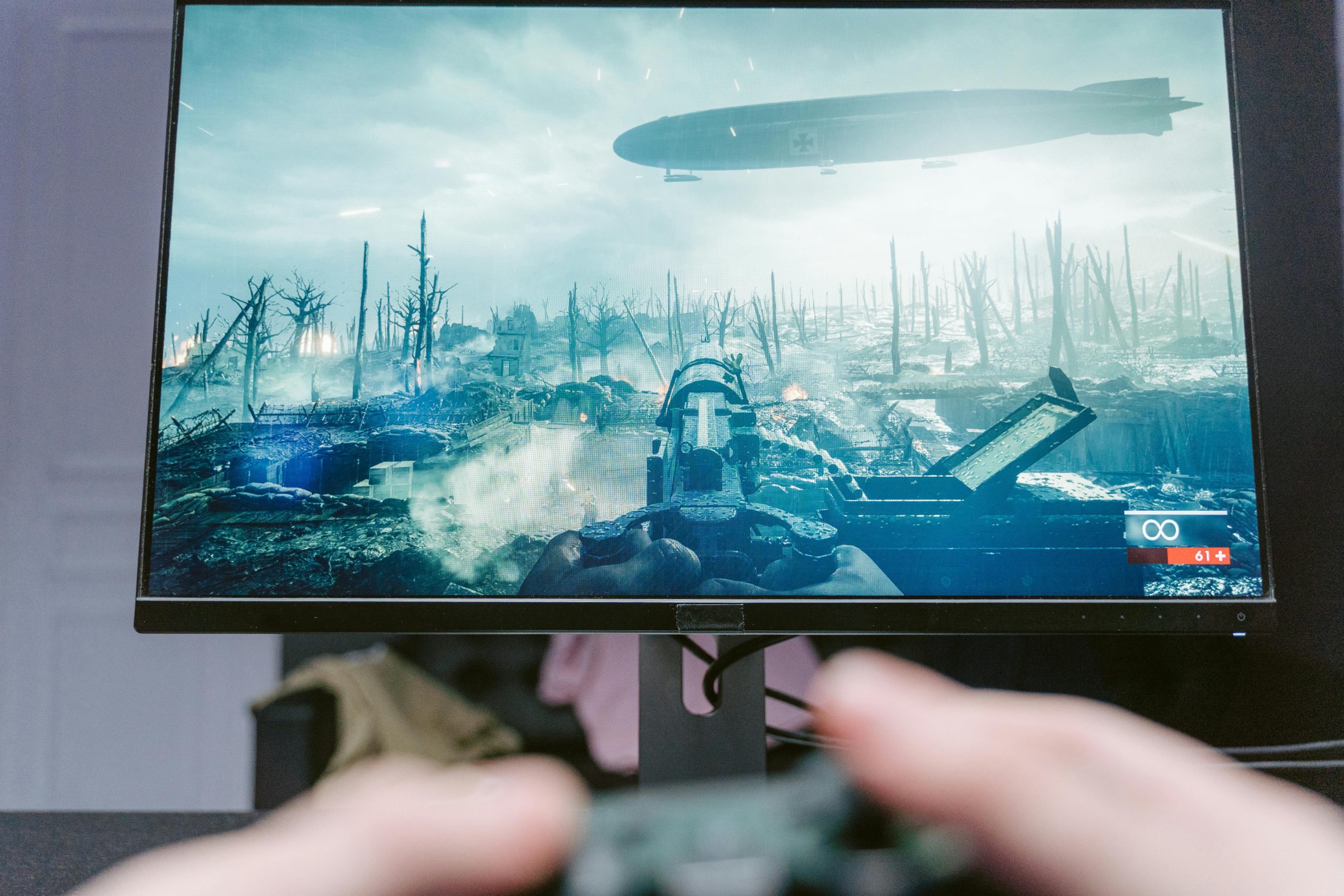Understanding the Impact of Enabling Secure Boot on System Stability: A Case Study
As technology enthusiasts and professionals in the IT community, it’s essential to recognize how BIOS configurations can significantly impact system stability and functionality. This article explores a real-world scenario where enabling Secure Boot inadvertently led to a non-booting PC, providing insights into troubleshooting and best practices for BIOS management.
System Specifications Overview
- Motherboard: Gigabyte GA-Q170M-MK
- Operating System: Windows 10
- Processor: Intel Core i7-6700
- Graphics Card: NVIDIA GTX 3050
- BIOS Version: Aptio Utility v16
- Display Setup: Dual monitors (HDMI outputs)
Scenario Background
The user aimed to enable Secure Boot within the BIOS to optimize system security and compatibility for gaming, specifically to play Battlefield 6. However, during the process, an error occurred indicating that Compatibility Support Module (CSM) was loaded prior to enabling Secure Boot. Attempting to disable CSM to resolve the issue was inconclusive, as the option to disable CSM was unavailable, prompting further research and adjustments.
Actions Taken Prior to the Issue
- Verified BIOS mode was set to UEFI
- Confirmed TPM 2.0 was enabled and Windows partition was GPT—both necessary for Secure Boot
- Attempted to enable Secure Boot, which prompted a message about missing valid keys; saved settings and restarted
- Re-entered BIOS to troubleshoot: found no option to disable CSM and resorted to “Reset Factory Keys” and switching storage options from Legacy to UEFI based on online guidance
- Saved changes and rebooted into Windows
Emerging Symptoms Post-Configuration
- The PC powers on momentarily then shuts down every 3-5 seconds
- Fans, GPU, and lights cycle on and off in this pattern
- Display flickers with no usable output, only a cursor or underscore line
- The system fails to POST; keyboard input for BIOS entry (F2, F12, DEL, etc.) is unresponsive
Troubleshooting Attempts
- Removed the CMOS battery for two hours to attempt a BIOS reset
- Attempted to connect display to both integrated and dedicated GPU outputs, with no success
- Verified GPU seating and power connections, confirming hardware integrity
- Noted that BIOS features such as Q-Flash were previously accessible during normal operation
**Current Status and Challenges
Share this content:



